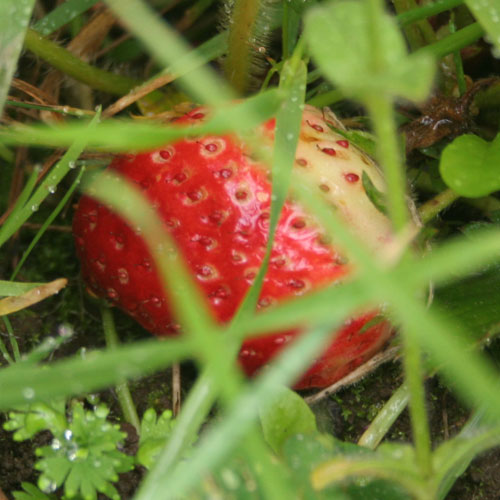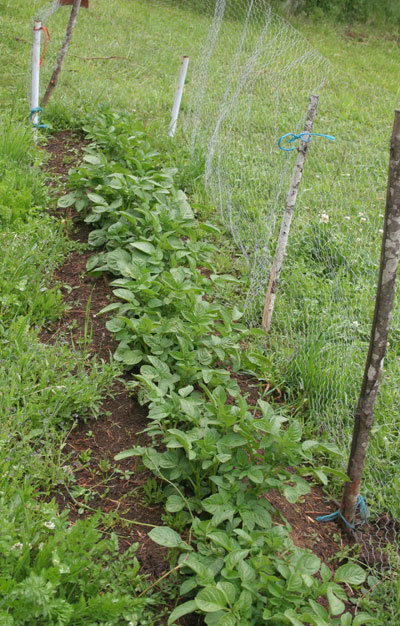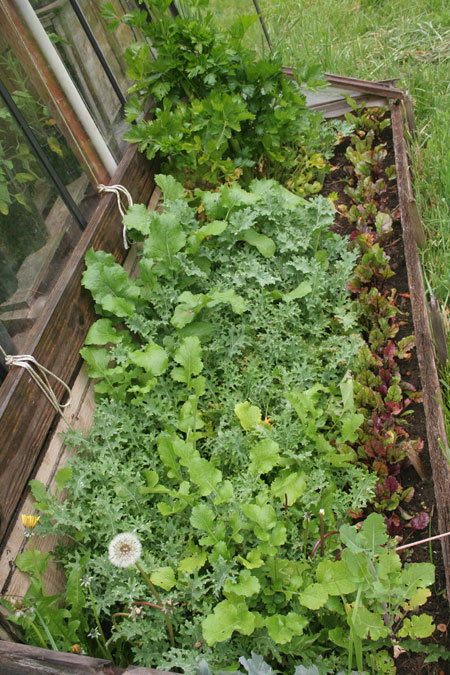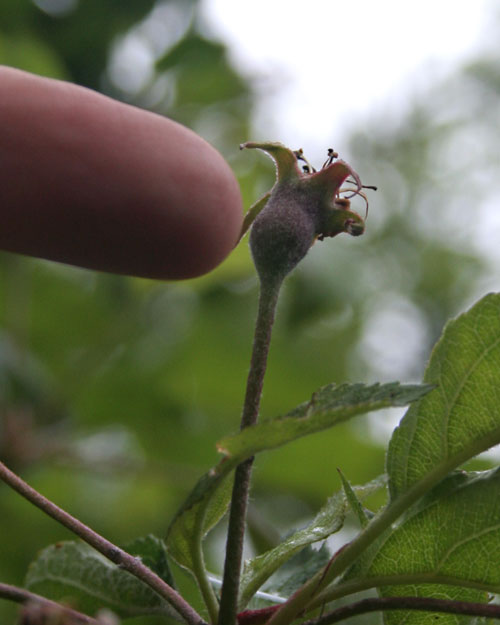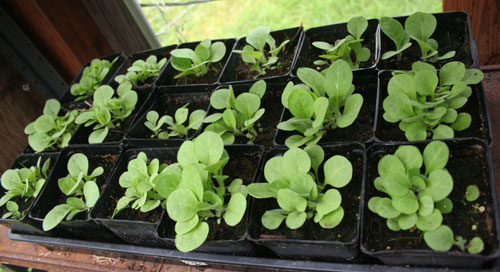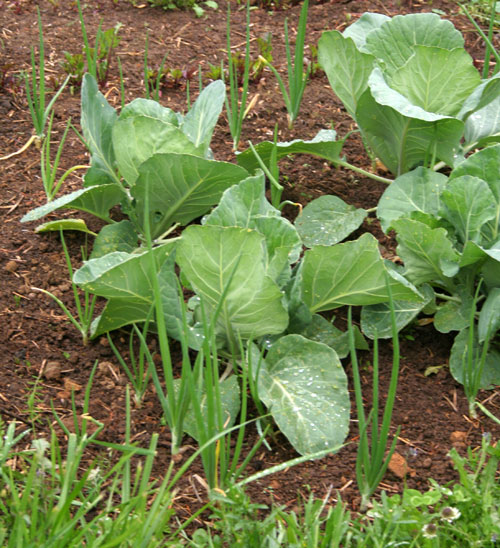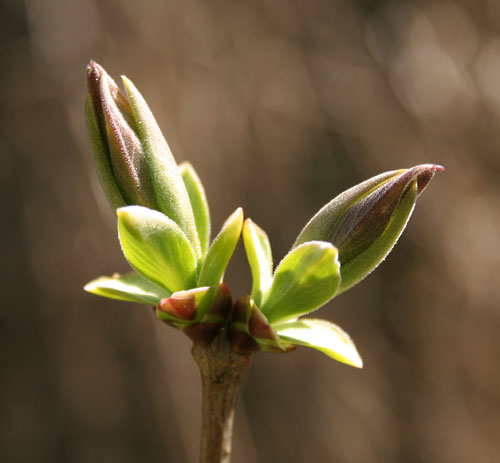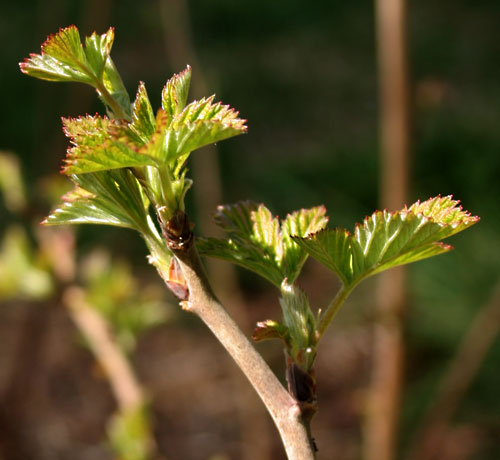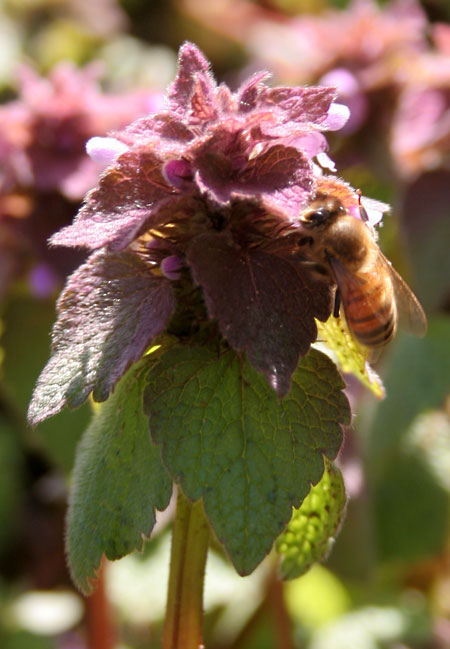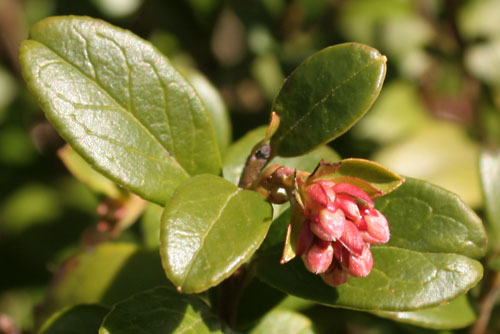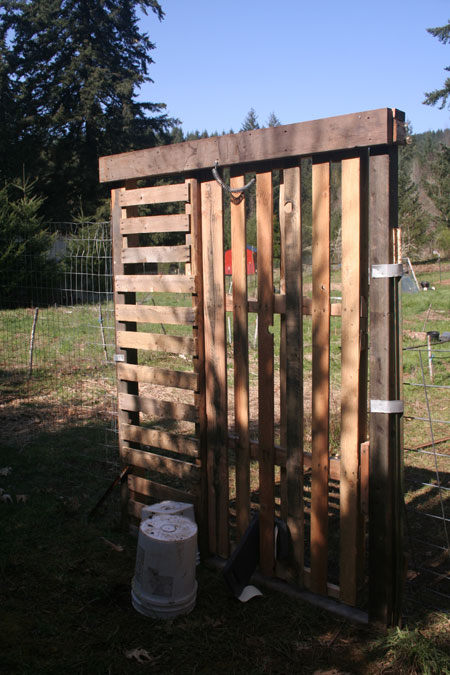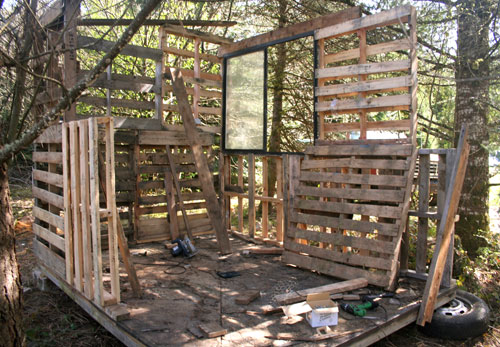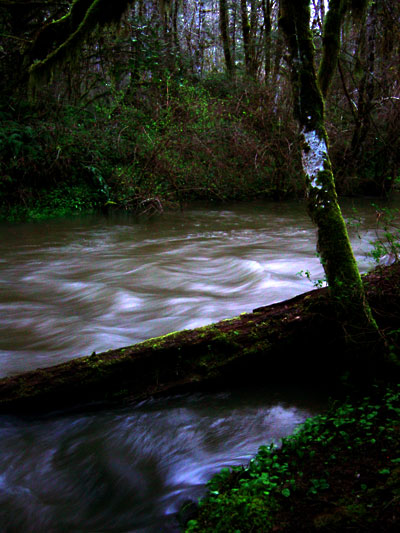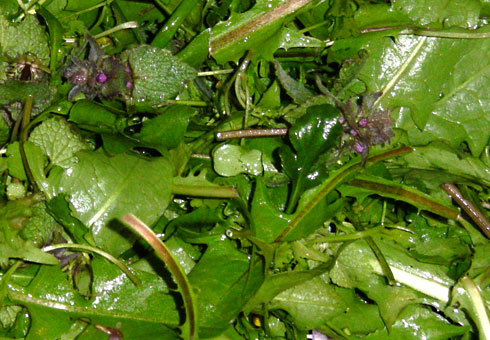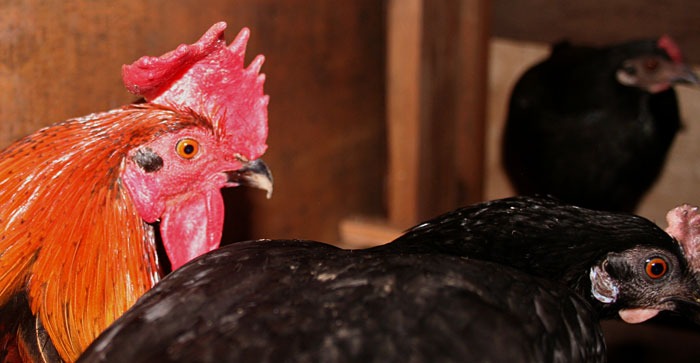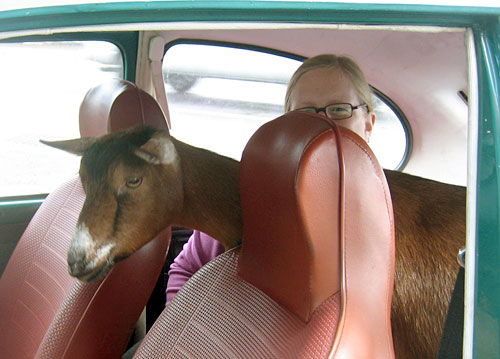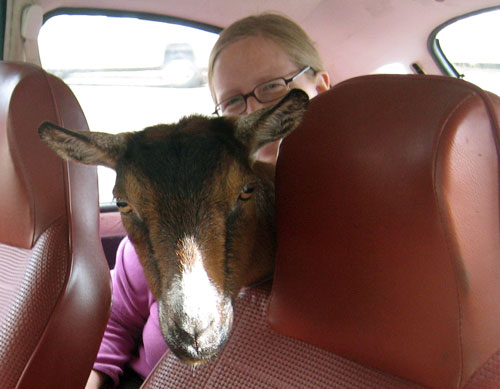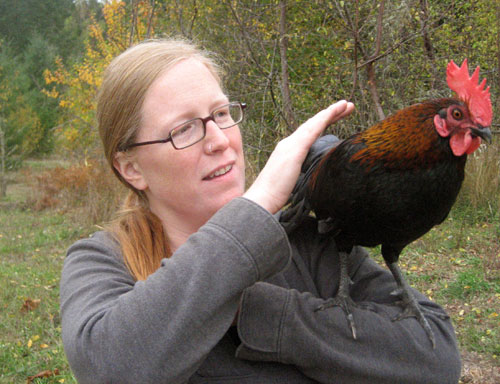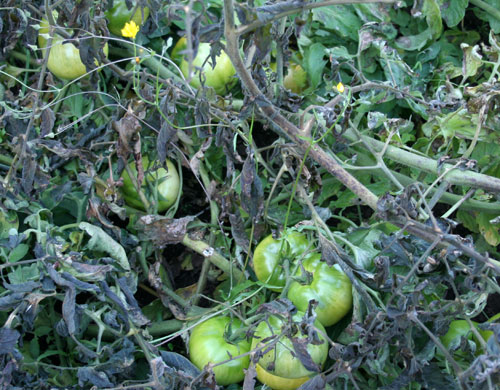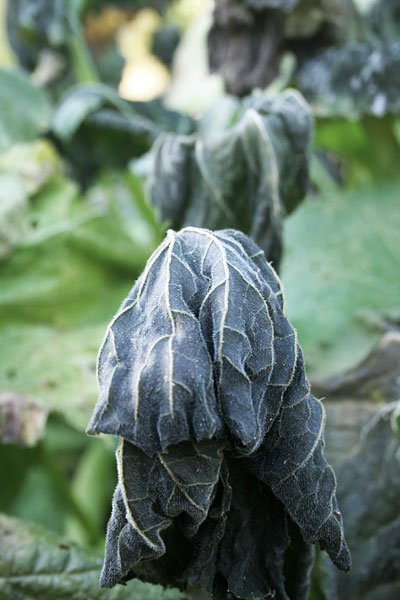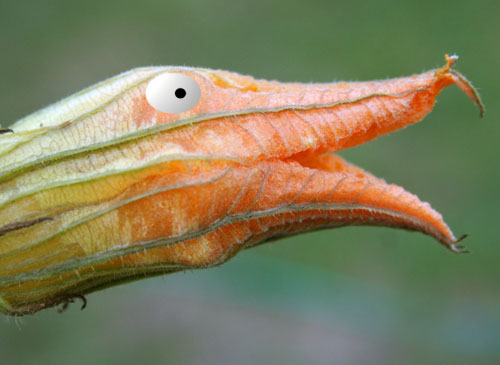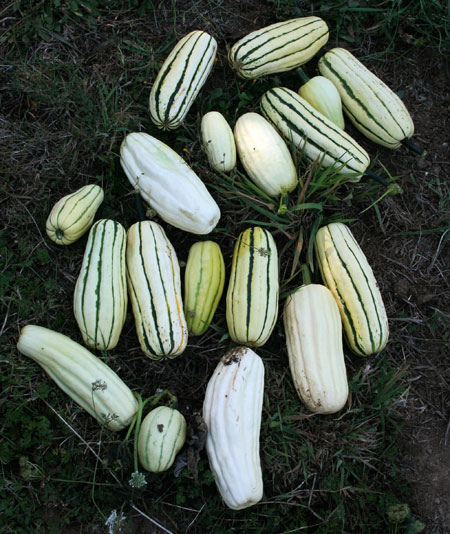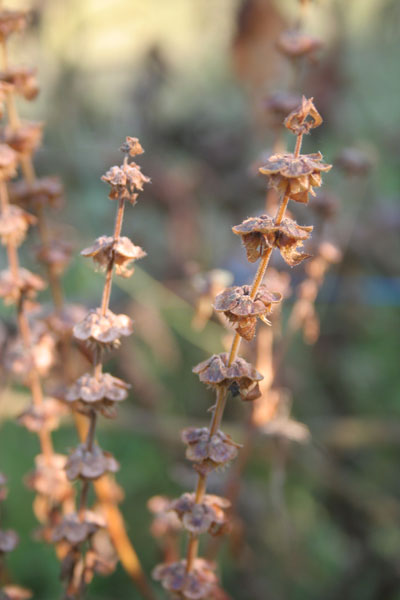Several days ago, Teri and I heard a ruckus from the field where our chickens roam. After a few seasons with poultry, you learn to distinguish mundane squabbles and triumphant “I laid an egg” squawks from their air-raid siren cacophony – and this was definitely the latter.
We looked over, and there were several crows flying in tight circles about fifty feet up. We ran, shouting, with Daks racing ahead, but the few seconds warning wasn’t enough. Two black missiles began a rapid dive side-by-side while we were still a hundred feet away.
The chickens’ shrieking grew even more frantic, and the crows disappeared behind a blackberry bush. A moment later, as the dog arrived on the scene, they flapped back up empty-taloned.
Perhaps the dog helped, but most of the credit goes to the chickens themselves, who had sought cover under the brambles. The one remaining chick was hidden in a bush with his mama just a few feet from where the crows must have grazed the ground, frightened but unharmed.
I started to contemplate shooting a crow (yes, we would eat it). They’re very smart birds with a complex language, and I expect that the word would get around among the local crows pretty quickly. I even went so far as to save a freshly dead rat as bait. I’d have to set the rat out in the field and hope for a diving attack, firing just as the bird grazed the ground to be sure no stray pellets ended up in a neighbor’s sheep. I didn’t get around to it yesterday, and put the rat out for the vultures to clean up. Always more where he came from.
This morning as Teri and I took a walk in the orchard, we saw three crows chasing each other above the field, doing loops and Immelmann turns in a tight formation…no, wait, it was two crows chasing a reddish hawk! I had read that crows will team up to drive off raptors, and felt fortunate to see it so close.
Had I successfully frightened off or killed the crows, the hawk could have claimed our field, and he’s a far more dangerous predator, one that might well have been able to target adult chickens.
It’s yet another iteration of a very common lesson here; nature is mind-bogglingly complex, and any interference on our part is likely to have unforeseen consequences, both for us and for the environment in general. I might still consider shooting an individual bird that develops a habit of preying on our chicks, but overall the crows are likely working for us more than against us.
It brings to mind a story I heard on the radio not long ago listening to an interview with author Terry Tempest-Williams. In the 1950s on a Navajo reservation in Arizona, the federal government decided that a vast area of marginal grazing land was being decimated by prairie dogs nibbling on the roots of what plants managed to survive there.
In their typical worse-than-useless manner, the feds declared that they would exterminate the prairie dogs from the area. Navajo elders disagreed with the plan, saying “If you kill all the prairie dogs there will be no one left to cry for the rain.â? The men from DC dismissed this as superstitious nonsense; surely there is no connection between prairie dogs and rain!
The plan went ahead. With poisons and guns, they succeeded in eliminating the rodents from a large area, just as they had previously done with most of the bison and human natives.
Without the prairie dogs to loosen the soil, it quickly became rain-shedding hardpan. The already sparse vegetation died of dehydration as the rainwater failed to penetrate the ground, instead running across the desert to cause flooding and erosion problems.
The Navajo elders didn’t just warn us what would happen; they laid out the exact mechanism in language a little too poetic for the bureaucratic mind to comprehend.
We – and She – will almost always be better off in the long run if we stay our hands when tempted to actively interfere with nature’s balance. We need to listen and watch and research, and remember that one of science’s greatest strengths can also be an Achilles heel – the practice of weighing only very literal and quantifiable data while ignoring other types of knowledge that are encoded in “folk” wisdom or which can only be learned through direct, subjective experience.
